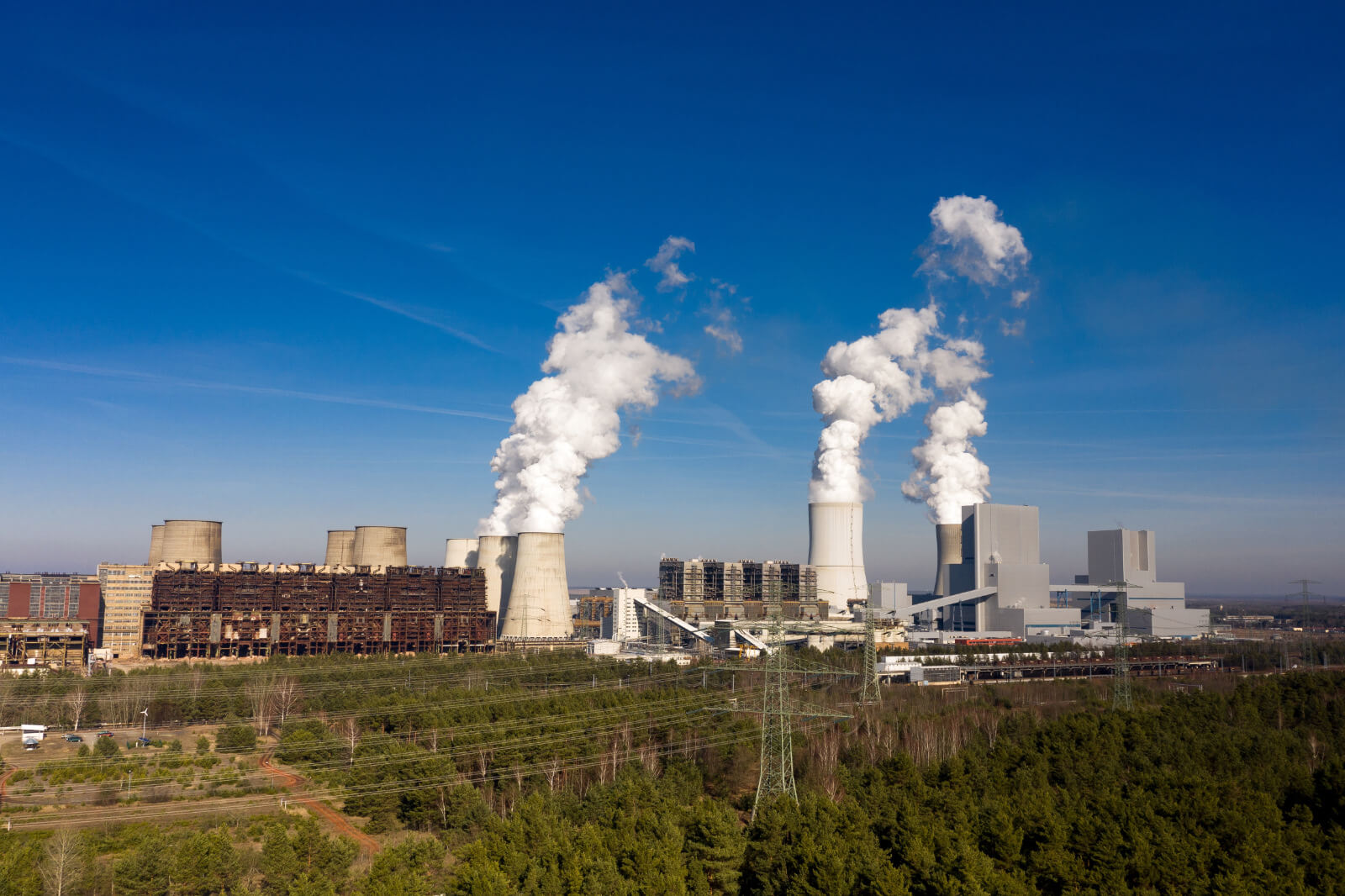Why it matters: Using technology to solve everyday problems is a noble undertaking, one that's being led by WattTime to help tackle air pollution at a global level. The firm plans to launch a tracking system that will use artificial intelligence and satellite imagery to monitor carbon emissions of every power plant in the world and then make this data public to hold big polluters accountable and enable advancement in new emissions reduction technologies.
As carbon levels in the atmosphere continue to rise to record figures, many companies have emphasized reducing their carbon footprint to become more environmental friendly. To keep an eye on these promises and our planet's air quality, WattTime has come up with plans to create a public database using artificial intelligence to track carbon emissions from all the world's large power plants.
The idea was pitched at Google's AI Impact Challenge under the company's Google.org philanthropy wing. "We received thousands of applications to the Google AI Impact Challenge and are excited to be supporting WattTime with funding and expertise from Google," said Jacquelline Fuller, president of Google.org. It will spend $1.7 million in funding this project.
"Accurate global emissions data has the ability to inspire everything from local environmental activism, to new and effective environmental policy, to verification that countries are achieving national-level emissions targets such as Paris Accord commitments. In their ongoing work, WattTime also plans to use the information to further enable and refine software that can give billions of internet-connected devices emissions reduction capabilities," the nonprofit announced on its collaboration with Google.
WattTime will work with Carbon Tracker, the first organization to successfully establish satellite-based monitoring of power plants and World Resources Institute, a global research firm that maintains the most comprehensive global database of power plants to date.

WattTime will observe power plants through the global satellite network and use image processing and artificial intelligence algorithms to measure the level of power plant emissions. This will be made possible by gathering data from sensors operating at different wavelengths, detecting heat from smokestacks and measuring temperature of water used for cooling power plants through thermal imaging and recording visible smoke with the help of visual sensors.
According to WattTime's executive director Gavin McCormick, sensors to detect nitrogen dioxide emissions are currently in development. Through its data sources, the company will be able to derive accurate and real-time emissions information, including carbon emissions that may also be useful in identifying water pollutants like nitrates and mercury. Once sufficient data has been collected, the company will publish a database for the public to view emissions information for all power plants in the world.
"Far too many power companies worldwide currently shroud their pollution in secrecy. But through the growing power of AI, our little coalition of nonprofits is about to lift that veil all over the world, all at once," said McCormick as he outlined the potential impact his small team can have by using new AI remote sensing techniques to bring every powerful polluter in front of the public.
WattTime believes that this initiative has the potential to effectively eliminate poor monitoring and manipulating of emissions data, a major hurdle that their system can overcome and transform how restrictions are enforced on power plants in the future.
Image credit: Torsten Kellermann on Unsplash
